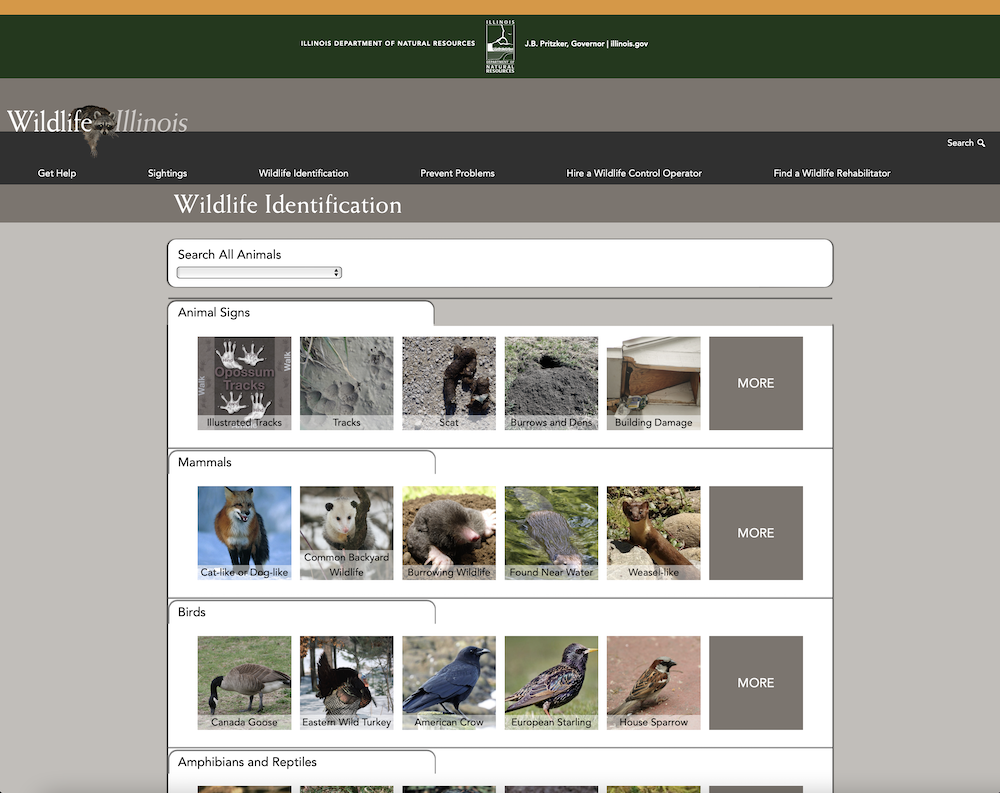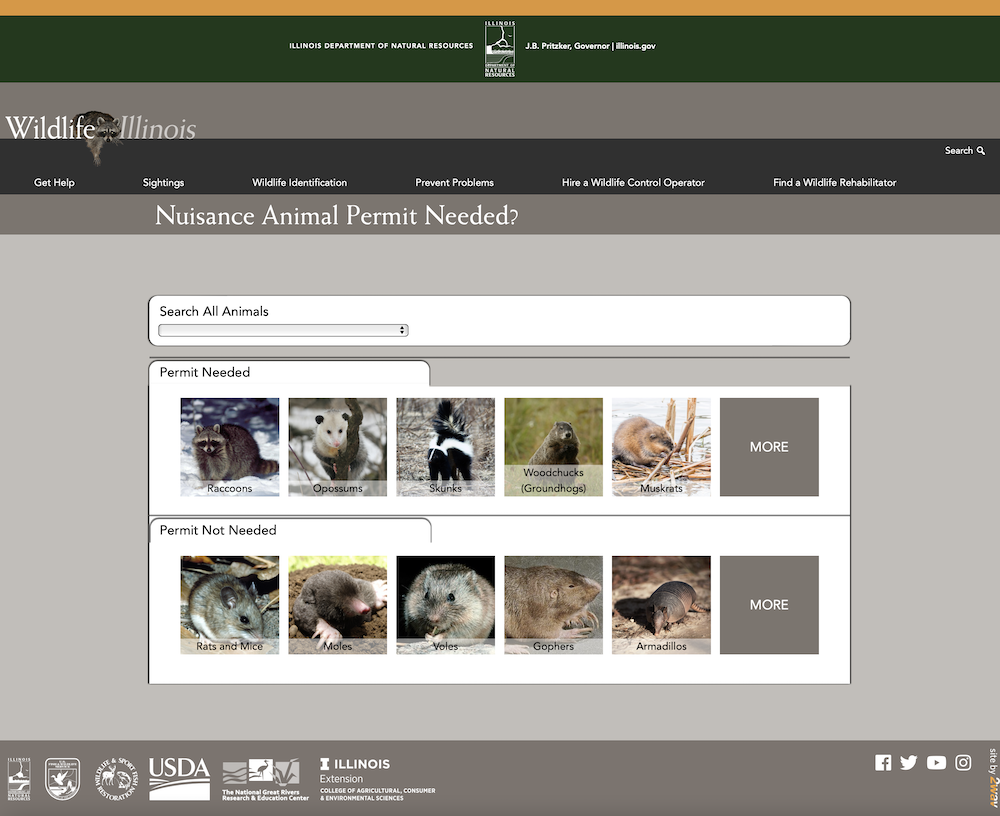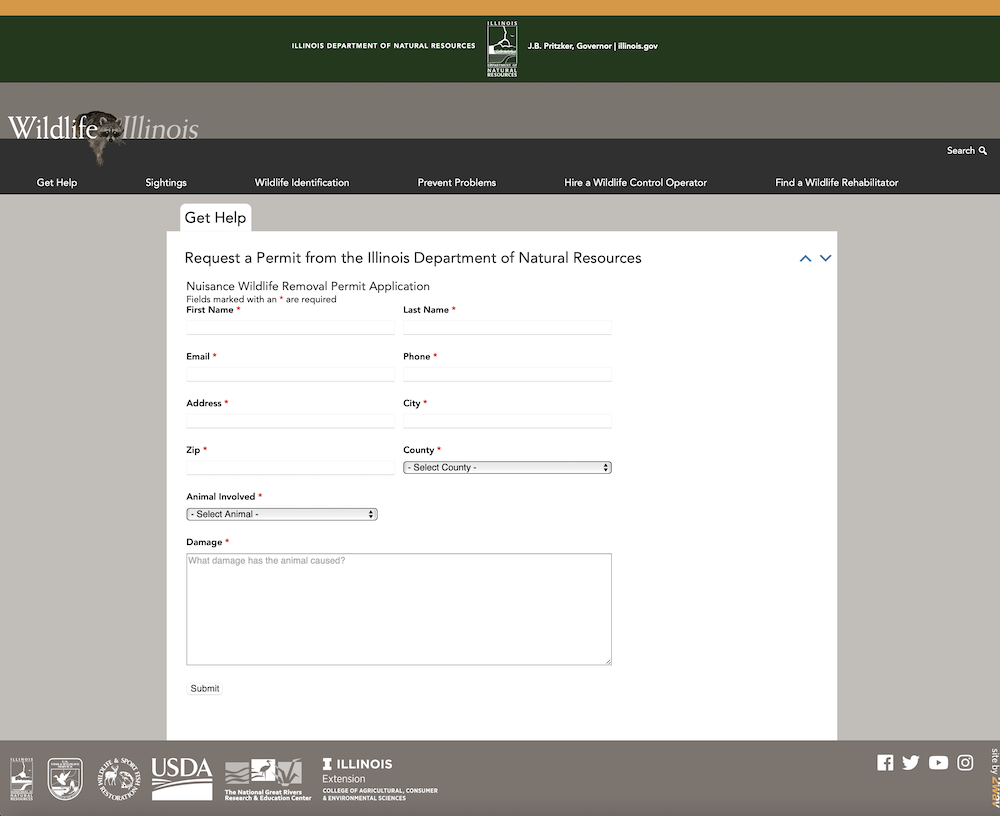
Mike's Birds from Riverside, CA, US, CC BY-SA 2.0, via Wikimedia Commons



Mike's Birds from Riverside, CA, US, CC BY-SA 2.0, via Wikimedia Commons
As Aldo Leopold famously wrote, “To keep every cog and wheel is the first precaution of intelligent tinkering.” That principle holds particularly true when it comes to wildlife management. Supporting biodiversity is critical for functional ecosystems and a healthy planet. Yet how we choose to coexist with wildlife, or not, is based on our value systems and is closely tied to our sense of place. And so wildlife management turns out to be a grand balancing act, one of weighing the needs of people with the needs of the other creatures that share the land and water with us.

For those who are ecologically minded, it is commonplace to choose native plants for the landscape, to provide sources of clean drinking water at varying heights around the yard, to plant pollinator pockets, to place bird and bat houses around the property, to “leave the leaves” in the fall and delay spring garden cleanup to provide overwintering habitat for pollinators and other small wildlife. These actions help provide wildlife with their four basic needs for survival: food, water, shelter, and space. They are surefire ways to entice wildlife to share your space. If you are interested in developing wildlife-friendly landscapes and communities, the Illinois Department of Natural Resources’ (IDNR) CICADA website is a great place to get ideas.
But what happens when wildlife pose a threat to human safety, injure a pet or livestock, or damage property? There are proven methods to help prevent and control wildlife damage as well. The Wildlife Illinois website was designed to educate people about the ecological role of many of common Illinois wildlife species while also providing solutions for solving wildlife damage issues.

Knowing what resources attract wildlife and taking steps to prevent wildlife damage are keys to reducing human-wildlife conflicts. The best approach to managing wildlife damage is a strategy of prevention based on removing resources and using exclusion techniques and repellents and frightening devices. These strategies have a proven track record of reducing wildlife damage. However, there are cases where all non-lethal methods have been tried and the damage persists. In those cases, it may be necessary to remove “nuisance” wildlife.
Keep in mind that “nuisance” wildlife are similar to “weeds” in the plant world. In most cases there is nothing inherently wrong with the animal or plant, it is simply in a location that people do not prefer it to be in. Both “nuisance” wildlife and plant “weeds” can offer tremendous ecological benefits. And removing every wild animal that becomes a “nuisance” is not a sustainable solution. Using simple wildlife management methods consistently over time is a better way to protect people, property and wildlife.
Wildlife management is really a community effort because the spatial arrangement of food, water and shelter in a given neighborhood or area will determine how many animals can live there. Fortunately, there are easy ways that community members can collectively reduce the likelihood of wildlife damage.


In cases where wildlife must be removed there are two options: 1. Hire a licensed Wildlife Nuisance Control Operator (NWCO) to trap and remove the animal, or 2. Handle the situation yourself. Be aware that in Illinois, wildlife are owned collectively by the people as a public trust resource, not by individual property owners. And most species of wildlife are protected under the Illinois Wildlife Code, which means that they may only be legally removed if a permit has been issued by IDNR.
The Wildlife Illinois website has an interactive map and updated contact information of permitted NWCOs. Interview several NWCOs to see which company will best serve your wildlife management goals. There are two types of NWCO’s for hire:

In the case of the Do-It-Yourself types, the first step will be to determine which species is causing the issue. The Wildlife Identification page provides a photo gallery of common species and different types of wildlife damage to help properly identify the species. If you already know what species is causing the issue, then the next step is to request a nuisance animal removal permit (NARP). If a permit is required, you can submit a NARP request form and an IDNR District Wildlife Biologist will review the request and provide guidance for trapping and disposal if the NARP is approved.
An animal removal permit will be issued only if a IDNR biologist determines that the animal is causing substantial property damage or if there is a serious public health or safety concern. Permits are not issued to deal with inconveniences such as squirrels raiding bird feeders, woodpeckers drumming trees, or rabbits foraging in flower beds. While these situations are understandably frustrating for the homeowner, there are other non-lethal methods that can be used in those situations.

Before you tackle wildlife removal, know that there are several reasons why it is often more convenient to hire a NWCO.
• It is safer for a trained professional to capture a wild animal.
• Trapping a wild animal carries the risk of physical injury, and wildlife can be carriers of diseases that are transmittable to people.
• Some species must be humanely euthanized after they are captured. You should hire a professional if you do not have the skill or ability to complete this part of the job.
If an animal is going to be relocated, it must be transported safely and securely. It is illegal to transport a wild animal unless the animal is secured in a suitably sized cage, and the cage must be secured in a vehicle that has more than one compartment (i.e., a pickup truck with a topper) to avoid contact between people and the animal. Additionally, you must have the written permission of the landowner before releasing an animal onto their property. It is illegal to relocate an animal onto public parks or natural areas. And while sometimes allowed, relocation is discouraged because of the risks of disease transmission between animals, and because relocated animals often do not survive, either dying of exposure, predation, territory disputes within the same species or being hit by a vehicle while trying to return home.

Finding the right balance when it comes to wildlife management can be a challenge. It is easy to enjoy songbirds and butterflies flitting through the yard. Other wildlife encounters may not be as appreciated. However, knowing something about the seasonal behaviors of wildlife can help. Understanding that birds attacking their reflections in windows, foxes denning in the backyard, bobcats growling at hikers on a trail, or woodpeckers drumming on siding are all behaviors that have a purpose, and all are temporary situations that rarely pose a threat to people or their property.
It is easier to keep every cog and wheel when you appreciate the importance of each piece and learn to live with wildlife.
Laura Kammin is a Natural Resources Specialist with the National Great Rivers Research and Education Center. She formerly held positions at Illinois-Indiana Sea Grant, University of Illinois Extension, Prairie Rivers Network and the Illinois Natural History Survey. She received her master’s degree in wildlife ecology from the University of Illinois, Urbana-Champaign.
Submit a question for the author
Question: Very good article. I will share this with my neighbors.